By Dr Wan Nor Fitri Wan Jaafar
In November 2019, the Hairy Rhinoceros was declared extinct in Malaysia. The last of its kind had walked in Sabah, only never to be seen, ever again.
The Malayan tiger is also on the brink of extinction. But would it need to suffer the same fate, under our watch, in this lifetime?
This grave reality sparked my urgency to embark on immediate action - to protect other endangered species, or better yet, utilise cloning techniques to “revive” extinct animals.
At first, this idea seemed reminiscent of a Jurassic Park movie rather than a tangible reality. However, remarkable scientific advancements have recently emerged, serving as an invaluable tool in the fight against extinction and endangered animal cloning.
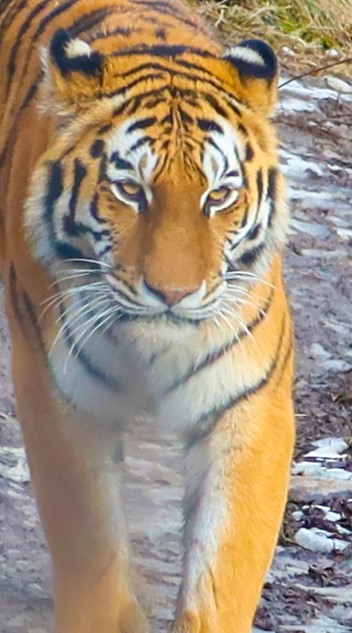
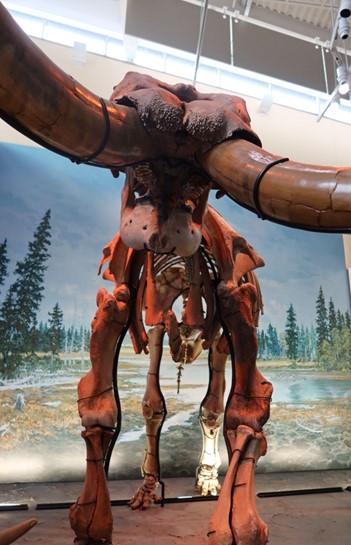 Extinction is real. Reflecting on the extinction of the woolly mammoth and the valuable lessons we've learned about protecting endangered species. Technology such as stem cells and cloning should be leveraged to prevent the same fate for the majestic Malayan Tiger 🐅 We are hopeful that strong collaboration and unwavering support of tiger conservation worldwide will continue to burn brighter.
Why clone the Malayan tiger?
Extinction is real. Reflecting on the extinction of the woolly mammoth and the valuable lessons we've learned about protecting endangered species. Technology such as stem cells and cloning should be leveraged to prevent the same fate for the majestic Malayan Tiger 🐅 We are hopeful that strong collaboration and unwavering support of tiger conservation worldwide will continue to burn brighter.
Why clone the Malayan tiger?
The straightforward answer to this question is to increase the population of tigers through every available means.
The alarming decline of the Malayan tiger population, dwindling to fewer than 150 individuals, calls for a drastic shift in mindset and action to address the imminent risk of its extinction.
While natural mating is supposed to produce results, unfortunately, results have been poor. Malayan tigers in conservation centres and zoos are ageing, and numbers declining.
Although
in situ conservation efforts for the Malayan tiger are underway, additional measures must be deployed as an insurance against this pressing issue.
This is where cloning emerges as a crucial tool in preserving a species.
With assisted reproductive technology to help ensure successful delivery of cloned blastocysts to the surrogate mother, cloning has produced remarkable success in felid species such as the African wildcat, Sand cat, and Jungle cat.
This was the quest that drove me to embark on an international attachment with some of the world’s foremost scientists in this field.
While cloning represents the final frontier in our arsenal of techniques, the potential challenges of tiger cloning are not yet fully understood, there is tremendous potential in what it can unlock for our world.
Stepping into a modern metropolis - a mortar jungle …
Cloning and stem cell research demands backbreaking hard work and countless hours of meticulous preparation. It also requires an open mindset of the individual working with a cohesive and specialised team to navigate the complex procedures involved. It is important to note that the immense possibilities offered by this technology must be complemented with biobanking to preserve invaluable genetic resources.
In spite of the demanding nature of this research, I am thrilled to have achieved breakthrough during my time at Cornell University, New York where I was attached for 3 months under the supervision of Assoc. Prof. Dr Soon Hong Cheong. Dr Soon is a renowned professor in the field of theriogenology (branch of veterinary medicine specialising in animal reproduction). He and his team have achieved a remarkable feat by successfully cloning hundreds of blastocysts (a cluster of dividing cells made by a fertilised egg. It's the early stage of an embryo).
The team is also credited for successfully cloning Twilight, the first horse to have its entire genome sequenced. The presence of cloned foals has provided us with a unique opportunity to delve into the study of epigenetic markers and genetic sequence alterations. By closely examining these factors, we can push the boundaries in the intricacies surrounding cloning and its resultant outcomes.
Together with Prof Soon’s team at the College of Veterinary Medicine (CVM), Cornell University, we managed to practise and progress the cloning technique. After meticulously working with 1,000 oocytes, which are female egg cells, and dedicating tireless hours to the process, our unwavering efforts manifested in the creation of one cloned blastocyst that is ready to be transferred to a surrogate mother.
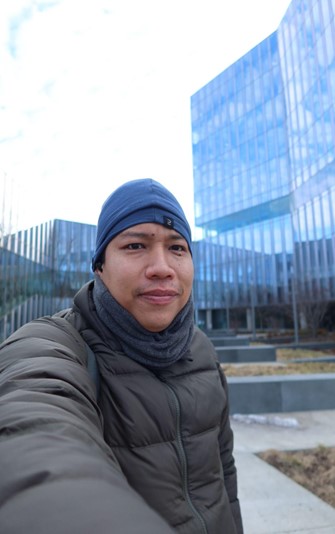
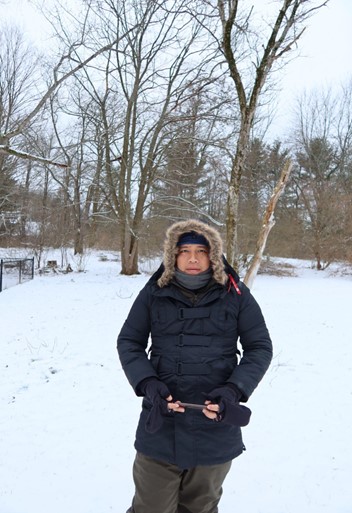 Starting the day off right with this stunning view from the window office in College of Veterinary Medicine, Cornell University. Feeling grateful for the opportunity to work in such a constructive and inspiring environment. Embracing the winter wonderland in Ithaca! ❄️ Excited to kick off my first week as a visiting professor at Cornell University
Starting the day off right with this stunning view from the window office in College of Veterinary Medicine, Cornell University. Feeling grateful for the opportunity to work in such a constructive and inspiring environment. Embracing the winter wonderland in Ithaca! ❄️ Excited to kick off my first week as a visiting professor at Cornell University
This remarkable achievement not only showcases the dedication and progress made by our team, but also highlights the inherent challenges involved in the cloning procedure. The success rate attained underscores the importance of having a skilled team, while also emphasising the ongoing need for constant work and optimization to enhance efficiency in the process.
Beyond cloning, we also managed to isolate, culture, cryopreserve, and seed peripheral blood mononuclear stem cells from two distinct animal species. This achievement represents a significant stride in unlocking the potential of stem cells for future applications in conservation, especially of endangered animal species.
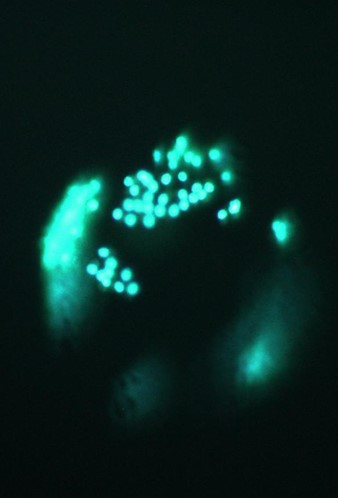 Embryo lights up! The embryo is stained with blue fluorescent stain specific for DNA after splitting for selection of donor ooplast for cloning.
Embryo lights up! The embryo is stained with blue fluorescent stain specific for DNA after splitting for selection of donor ooplast for cloning.
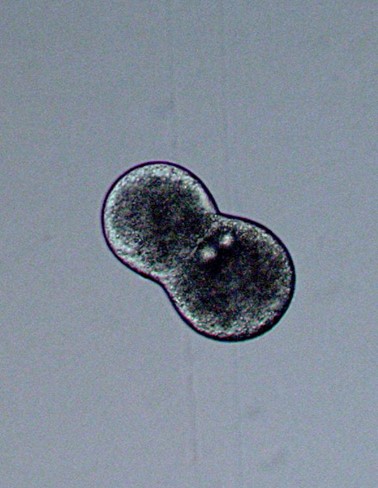 Breaking new ground in science! 🧬 Overjoyed to announce my personal success in electrofusion for cloning of my first embryo 🎉 This is just the beginning of a promising journey in genetic research.
Breaking new ground in science! 🧬 Overjoyed to announce my personal success in electrofusion for cloning of my first embryo 🎉 This is just the beginning of a promising journey in genetic research.
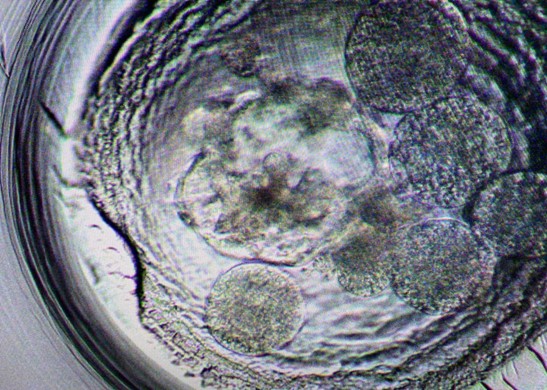 Cloned Blastocysts - can you spot it?!
One successful blastocyst later…
Cloned Blastocysts - can you spot it?!
One successful blastocyst later…
During my stay, I had a technical meeting with Dr. Luís Henrique de Aguiar, a distinguished scientist from Colossal Biosciences, to enhance the success rate of our cloning efforts. During the meeting, we discussed strategies and advancements aimed at improving the outcomes of our cloning endeavours.
Additionally, I had the privilege of delivering a presentation to veterinary students at CVM, where I highlighted the crucial conservation efforts being undertaken for critically endangered animals in Malaysia. The talk centred on raising awareness and promoting active involvement in protecting these vulnerable species.
I also met with Dr. Martin Gilbert, a renowned authority in wildlife disease and conservation. Our discussion centred on potential collaborations for a project on the conservation of the Malayan tiger - including furthering our understanding of wildlife diseases especially the Canine Distemper Virus affecting the tiger population in Malaysia and other effective conservation strategies.
Armed with new skills, knowledge and a network of conservation scientists, I am confident of replicating this intricate protocol back in Malaysia, targeting critically endangered native species.
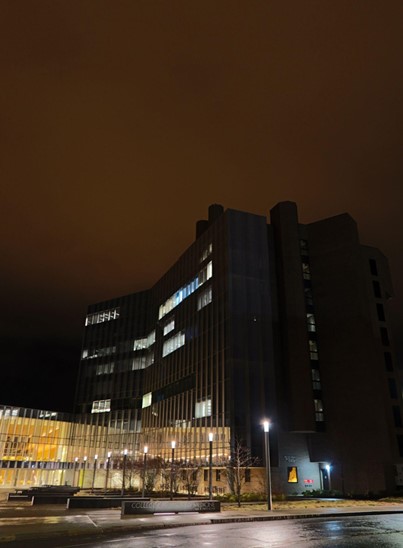 After a long day at the lab, it's a beautiful thing to come home to this view 🏢 The illuminated building reminds me that hard work pays off and there's always a light at the end of the tunnel. College of Veterinary Medicine, Cornell University at night.
The tiger encounter
After a long day at the lab, it's a beautiful thing to come home to this view 🏢 The illuminated building reminds me that hard work pays off and there's always a light at the end of the tunnel. College of Veterinary Medicine, Cornell University at night.
The tiger encounter
It was in Syracuse Zoo, America that I had my first encounter with an Amur tiger - better known as the Siberian tiger from the subspecies of Panthera. I stood there, mesmerised, as the majestic feline traversed its wintry domain, a sight that defied the familiar landscapes we associate with these magnificent creatures.
At that moment, a profound realisation struck me – tigers exist not only in the depths of lush jungles but also within the snowy realms, adapting and thriving against all odds!
This reminded me of the interconnectedness of our world. The Amur tiger became a bridge, connecting me to the Malayan tiger thousands of miles away. The responsibility to protect these iconic species extends beyond geographical boundaries. It is a global endeavour, requiring collective action and a steadfast commitment to preserving global biodiversity and the fragile ecosystem of nature that sustains us all.
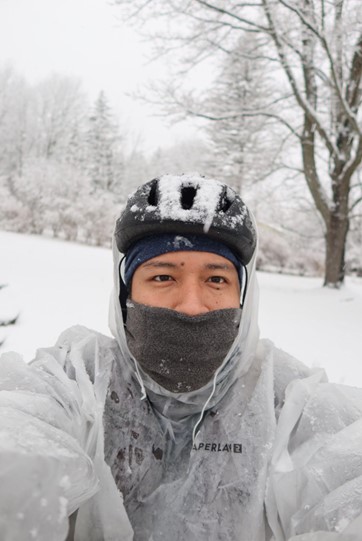 Losing one could risk losing all
Losing one could risk losing all
The tragic loss of the Hairy Rhinoceros serves as a call to action rather than a source of despair.
The Malayan tiger needn’t suffer the same fate. The first extinction of a mammal species in Malaysia in our lifetime - the rhinoceros - should be our last. With unwavering commitment to conservation, we can each do our part - whether to stop poachers or to produce cloned tigers, our future can be wildly amazing.
I am immensely grateful to the Merdeka Award for granting me this extraordinary opportunity to forge a lifelong path of research and discovery for wildlife conservation.